| Plant Habit: | Herb/Forb |
| Life cycle: | Perennial |
| Sun Requirements: | Partial Shade to Full Shade |
| Water Preferences: | Mesic |
| Minimum cold hardiness: | Zone 3 -40 °C (-40 °F) to -37.2 °C (-35) |
| Maximum recommended zone: | Zone 8b |
| Plant Height: | 1.5-2.5 feet |
| Plant Spread: | 2-3 feet |
| Fruit: | Showy Other: Berry toxicity probably is the main reason why wildlife seems to ignore the fruit, with the berry clusters typically persisting on the plants and providing ornamental interest until frost. |
| Flowers: | Inconspicuous |
| Flower Color: | White |
| Flower Time: | Summer |
| Uses: | Will Naturalize |
| Resistances: | Deer Resistant |
| Toxicity: | Leaves are poisonous Roots are poisonous Fruit is poisonous Other: Berries are extremely poisonous if ingested, and consideration should be given to avoid planting this species in areas frequented by young children. |
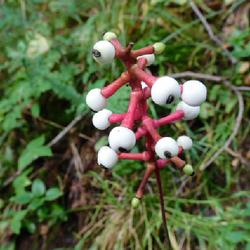

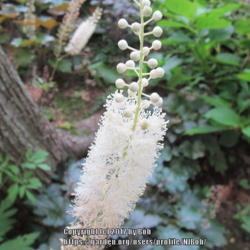
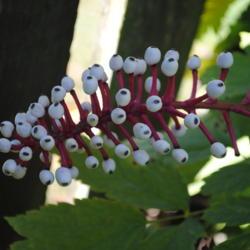
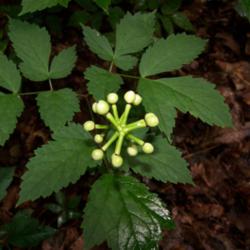
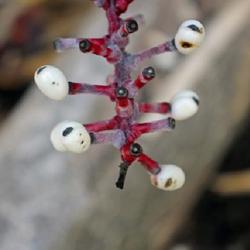

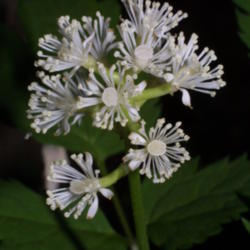
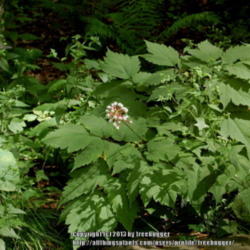


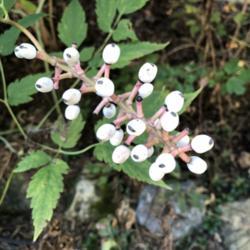
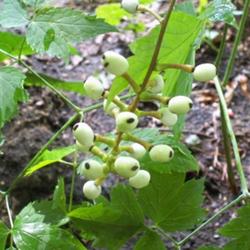
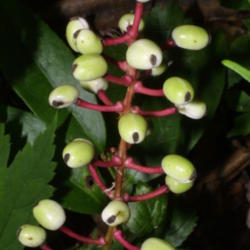


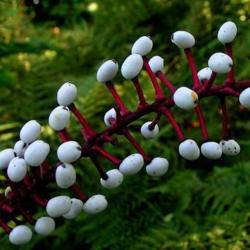
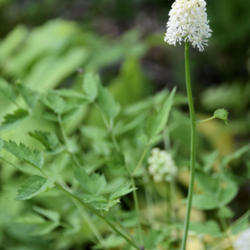
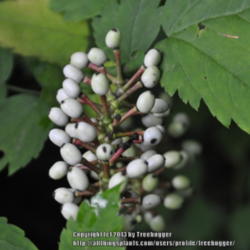




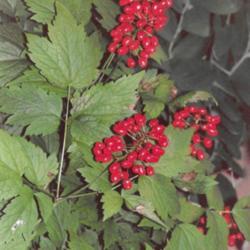
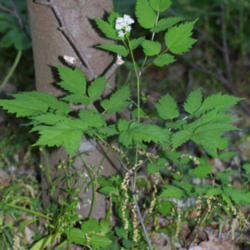

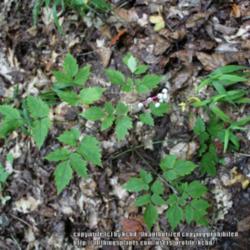


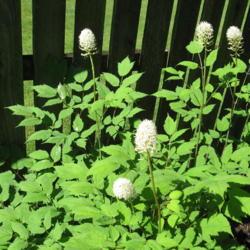
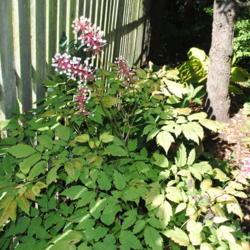
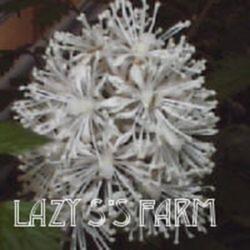


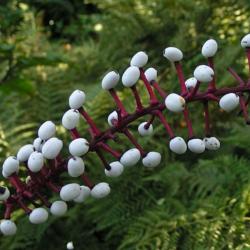

Pedicel in fruit bright red, stout...berries white, very rarely red.
Pedicel in fruit dull green or brown, slender...berries red or white.